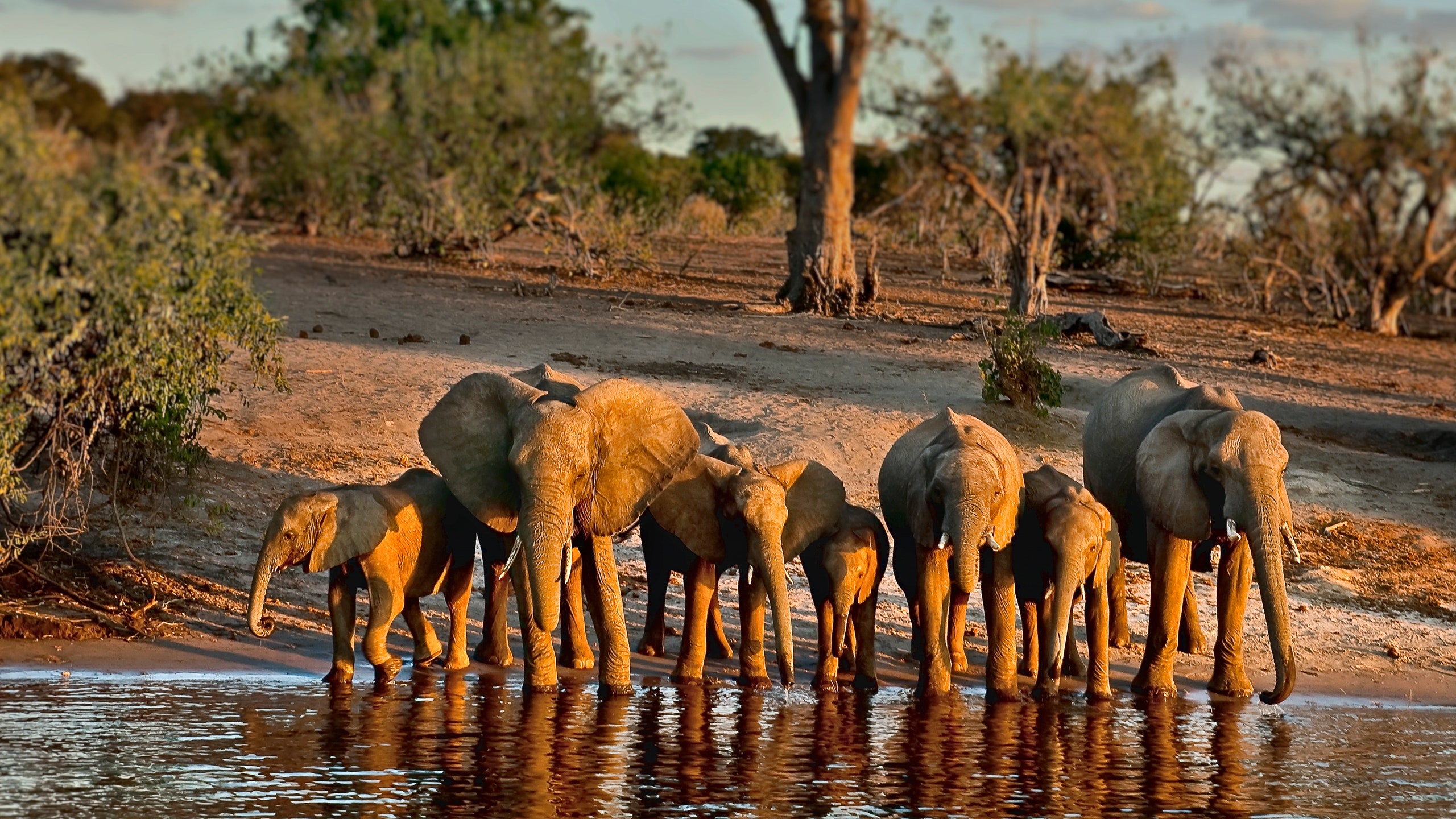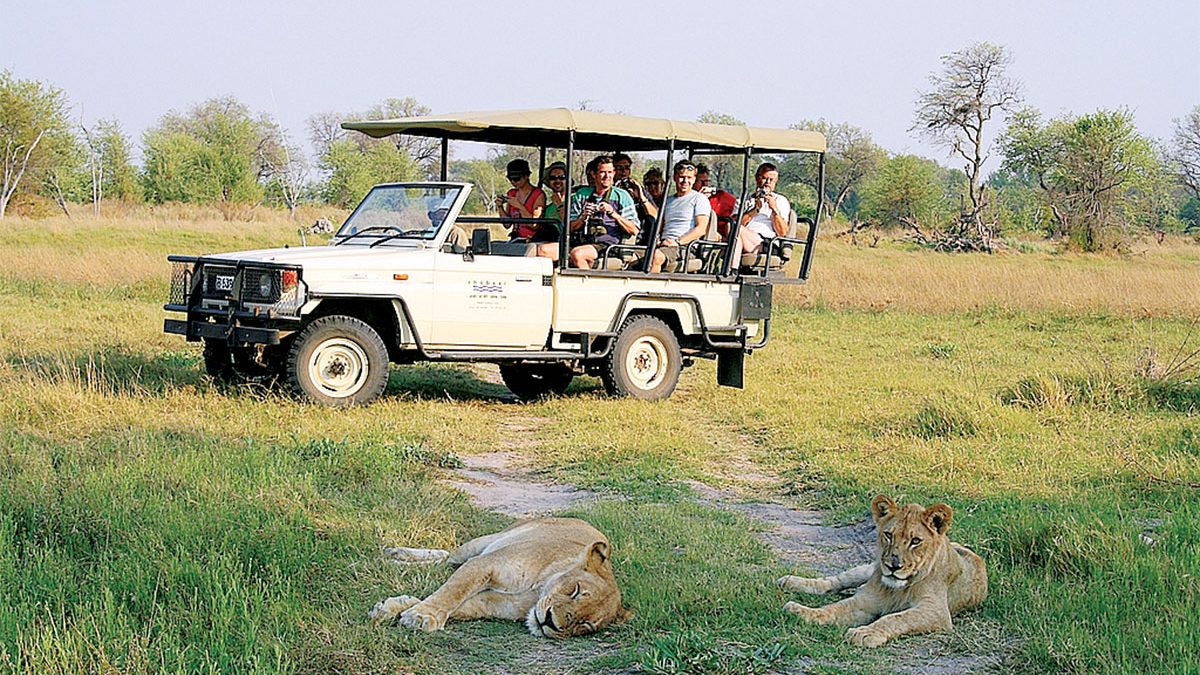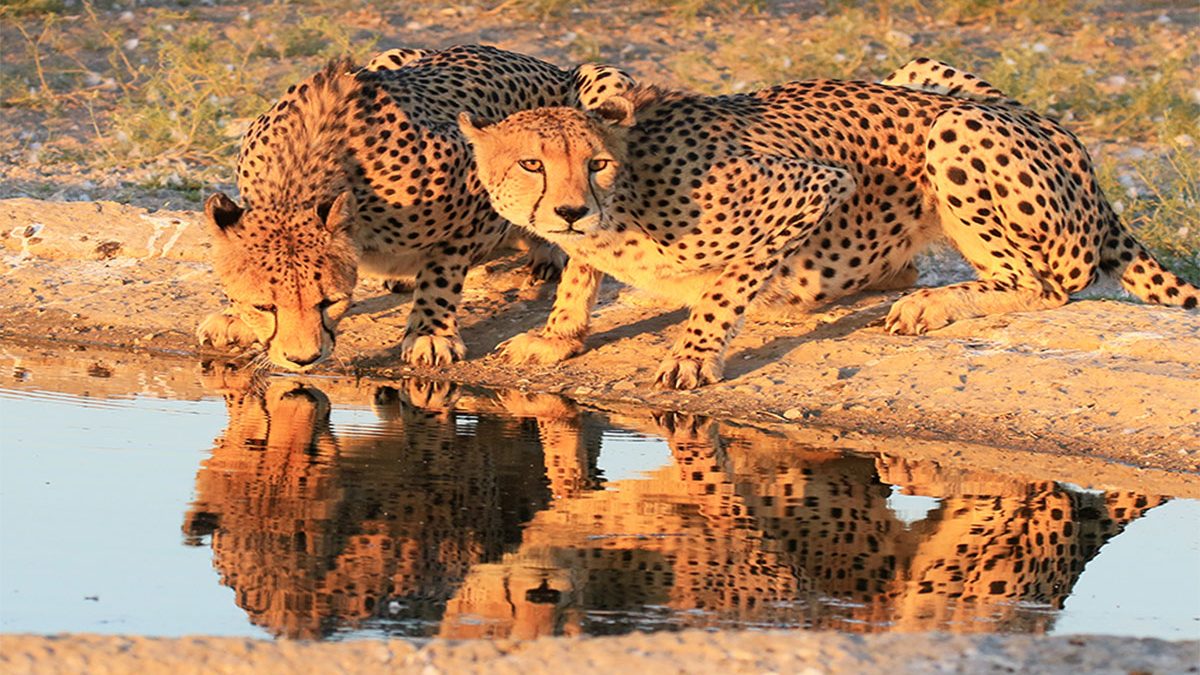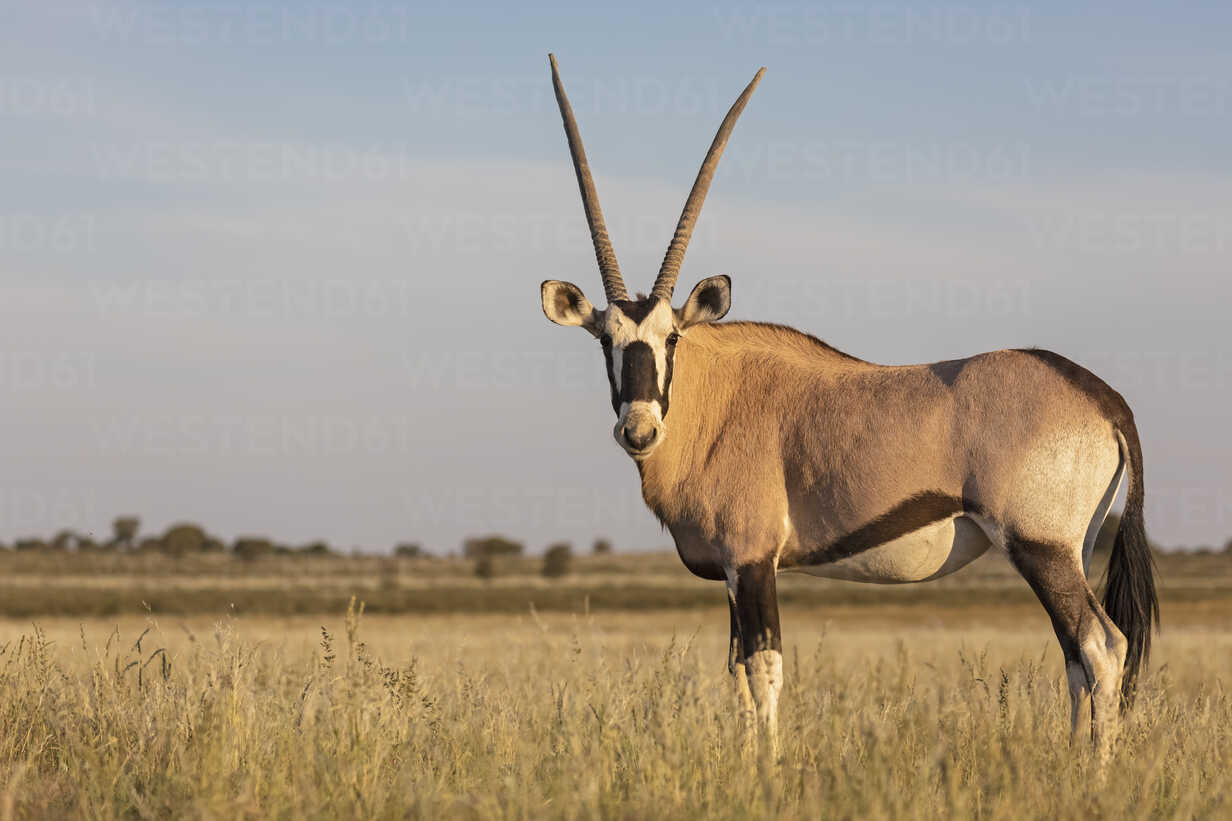
Capital city: Gaborone
Dialing code: +267
President: Mokgweetsi Masisi
Population: 2.304 million (2019)
Currency: Botswana pula
- 73% Christianity
- —66% Protestantism
- —7% Other Christian
- 20% No religion
- 6% Traditional faiths
- 1% Others (includes Baha’i, Hindu, and Islam)
Official Language:English

President Mokgweetis Masis
president Mokgweetsi Masisi
Botswana, a landlocked country in Southern Africa, has a landscape defined by the Kalahari Desert and the Okavango Delta, which becomes a lush animal habitat during the seasonal floods. The massive Central Kalahari Game Reserve, with its fossilized river valleys and undulating grasslands, is home to numerous animals including giraffes, cheetahs, hyenas and wild dogs.


What is Botswana famous for?
Nearly 40% of Botswana is made up of national parks and wildlife reserves which provide plenty of large areas for animals to roam. Botswana is home to the world’s largest concentration of African elephants, of which the highest concentration is found in Chobe National Park
Okavango Delta:
The Okavango Delta is a vast inland river delta in northern Botswana. It’s known for its sprawling grassy plains, which flood seasonally, becoming a lush animal habitat. The Moremi Game Reserve occupies the east and central areas of the region. Here, dugout canoes are used to navigate past hippos, elephants and crocodiles. On dry land, wildlife includes lions, leopards, giraffes and rhinos.

Chobe National park:
Chobe National Park is Botswana’s first national park, and also the most biologically diverse. Located in the north of the country, it is Botswana’s third largest park, after Central Kalahari Game Reserve and Gemsbok National Park, and has one of the greatest concentrations of game in all of Africa. This park is noted for having a population of lions which prey on elephants, mostly calves or juveniles, but also subadults. Chobe National Park is in northern Botswana near the vast, inland Okavango Delta. It’s known for its large herds of elephants and Cape buffalo, which converge along the Chobe Riverfront in the dry months. Lions, antelopes and hippos inhabit the woods and lagoons around Linyanti Marsh. The floodable grasslands of the Savuti Marsh attract numerous bird species, plus migrating zebras.

Kalahari Game Reserve:
Central Kalahari Game Reserve is an extensive national park in the Kalahari Desert of Botswana. Established in 1961 it covers an area of 52,800 square kilometres (20,400 sq mi) (larger than the Netherlands, and almost 10% of Botswana’s total land area), making it the second largest game reserve in the world.

Gemsbok National Park:
Kgalagadi Transfrontier Park is a vast wildlife preserve in the Kalahari Desert region of Botswana and South Africa, bordering Namibia to the west. It’s characterized by red dunes and dry rivers. Wildlife includes migrating herds of wildebeest and springbok, plus predators like raptors and black-maned Kalahari lions. Various lodges and wildnerness camps offer game-viewing drives and guided walks with park rangers.

Nxai Pan National Park:
Nxai Pan National Park is a national park in north-eastern Botswana, consisting of Nxai Pan, which is one of the Makgadikgadi Pan salt flats. Nxai Pan National Park lies just north of the Maun-Nata main road and adjoins Makgadikgadi Pans National Park on its northern border. The pan itself is a fossil lakebed about 40 square km in size. The National Park is also home to the cluster of millennia-old baobab trees, which owe their name to Thomas Baines, the man known to have discovered them. Baines’ Baobabs, as they are known today, are a sight sought by many travelers venturing into this untamed terrain of Botswana.

Baobaba trees in contrast with the sunset in Botswana
